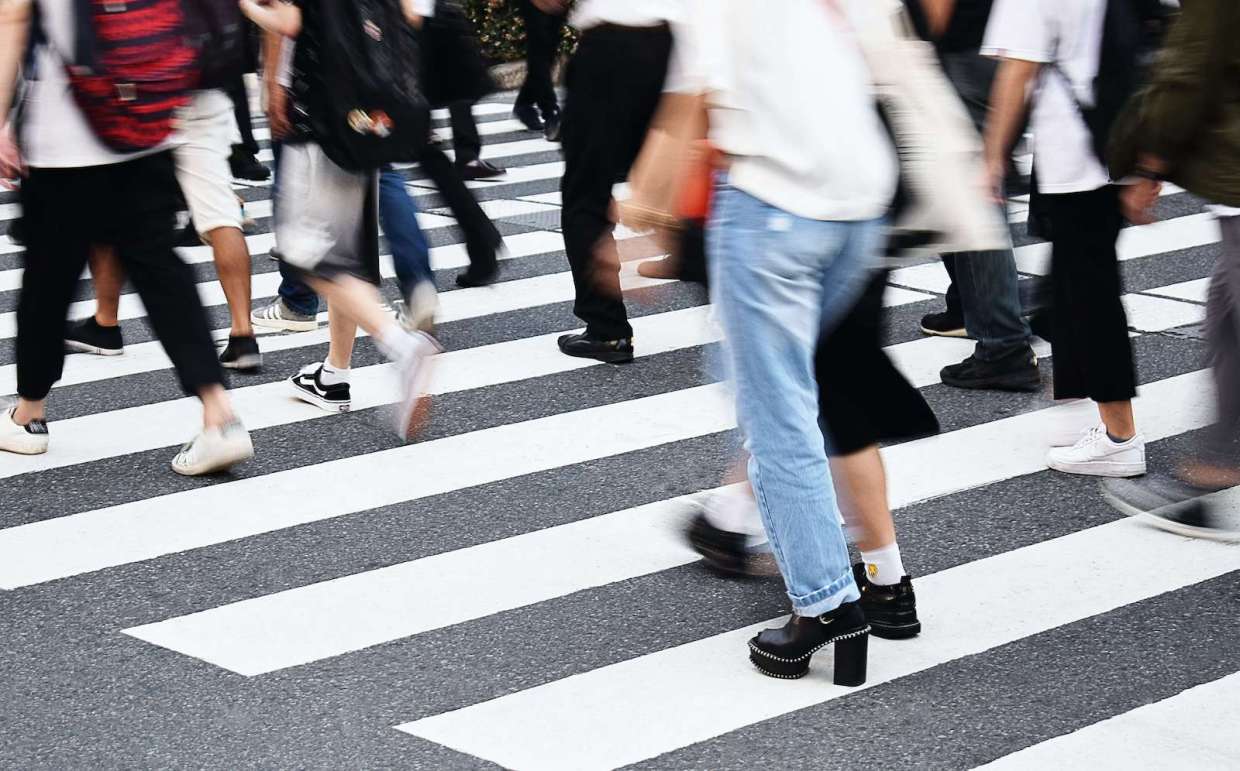Think you know your customer? Not so fast – unless you’re enriching your own first-party customer data with foot traffic data, you don’t have the full picture.
Foot traffic data allows you to see where your customers are going in the real world beyond your brand’s physical locations, including what stores and restaurants they visit, what stops they make on their way to make a purchase, and more. This level of detail helps companies to construct a more complete analysis of their customers’ habits, lifestyles, preferences, and needs.
With a better understanding of your customer, you can improve everything from marketing efforts, to loyalty programs, to acquisition strategies.
Key benefits of enriching CRM profiles with foot traffic data
- Personalize content and marketing based on real-world behavior, including visits to a competitor
- Understand visit frequency to model churn risk
- Grow loyalty programs by engaging those who frequently visit your store, but are not part of the program
- Expand your audience for customer acquisition by analyzing visitation patterns of top customers and building modeled segments
- Increase value of ad inventory by demonstrating to advertisers an understanding users’ real world behaviors through highly-specific target audiences
Level-up your CRM with Foursquare Visits
Foursquare Visits (FSQ/Visits) allows you to append your customers’ real world visits to chains and place categories that are most relevant to your business and your in-house data. By enriching your CRM with Visits data, you can understand not just who your customers are, but also the places they go. This holistic understanding of your consumer enables you to personalize your marketing strategies based on real world visitation.
When layered on top of other diverse data types (such as purchase data), FSQ/Visits foot traffic data illuminates a more complete picture of who your customers are, where they go, and what they do.
FSQ/Visits can also allow you to strengthen intent signals drawn from digital browsing data. For example, understand whether a consumer is simply browsing for BMW vehicles online or if they have also been to a dealership.
FSQ/Visits is the most accurate foot traffic data because our proprietary technology ensures that our data is clean. We don’t simply rely on wifi signals and geofences (an approach commonly used by competitors) or polygons (which, when used by themselves, do not get granular enough to decipher between venues in densely populated areas) to determine where a venue is or whether a person visited that venue.
Whether a person is visiting a small shop on Main Street or hitting up multiple stores in a mall, Foursquare’s technology is built to understand exactly which places they visited.
You might be asking yourself: How can you tell if a person is REALLY in a store, and not standing on the sidewalk outside?
How it works: Foursquare’s unique approach to defining a real world visit:
- Collecting a phones-eye view of the world to build the most accurate places database: While other companies rely solely on geofencing or polygons, Foursquare receives a unique combination of signals collected via our owned and operated apps (CityGuide, Rewards, and Swarm) to inform our Place Shapes. We register app check-ins and API pingbacks, which have a time stamp and lat/long associated with a specific venue, and aggregate this information to form a granular understanding of how mobile devices see their location as they visit a specific venue. Our machine learning model then learns how to associate these signals with a visit to a certain venue, without relying on the check-in itself nor any other polygon or geofence representation of the POI itself. Instead, it learns the shape of a place based on direct user input.
- Weeding out false visits from the true visits: Our Snap-to-Place technology determines the specific place a user visited by evaluating hundreds of attributes, such as device lat/long, business density, popularity, hours of operation, time of day and frequency of visitation. For example, if it’s 10PM and a user is near a bar and a coffee shop, Snap-to-Place ensures the visit is attached to the bar based on these attributes. We also utilize stop-detected technology, which identifies when a user’s acceleration drops below .2 meters per second for more than 2 minutes. When this happens, we know that person has made a stop at a venue and is not just passing by.
- Deploying “Mall Mode”: To detect visits within highly dense commercial areas (aka a Supervenue), Mall Mode automatically increases the sensitivity of our Pilgrim SDK to snap users to places within the venue (i.e. mall). We also tap into wifi signal strength to understand venues on different floors to identify vertical locations. We validate these visits against deterministic check-ins from users in our first-party apps.
Want to learn more about how FSQ/Visits can help you better understand your customers? Reach out using the form below!
Check out more FSQ/Visits content:
